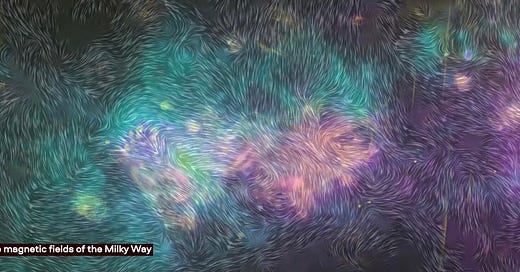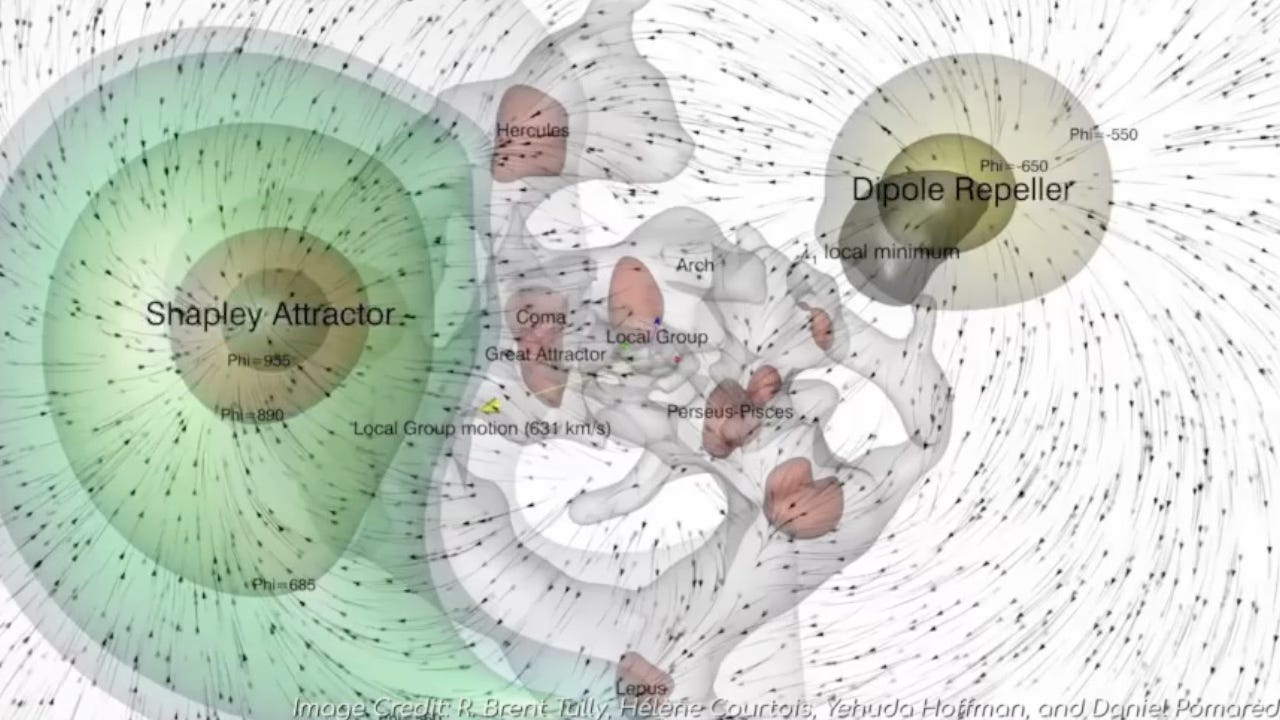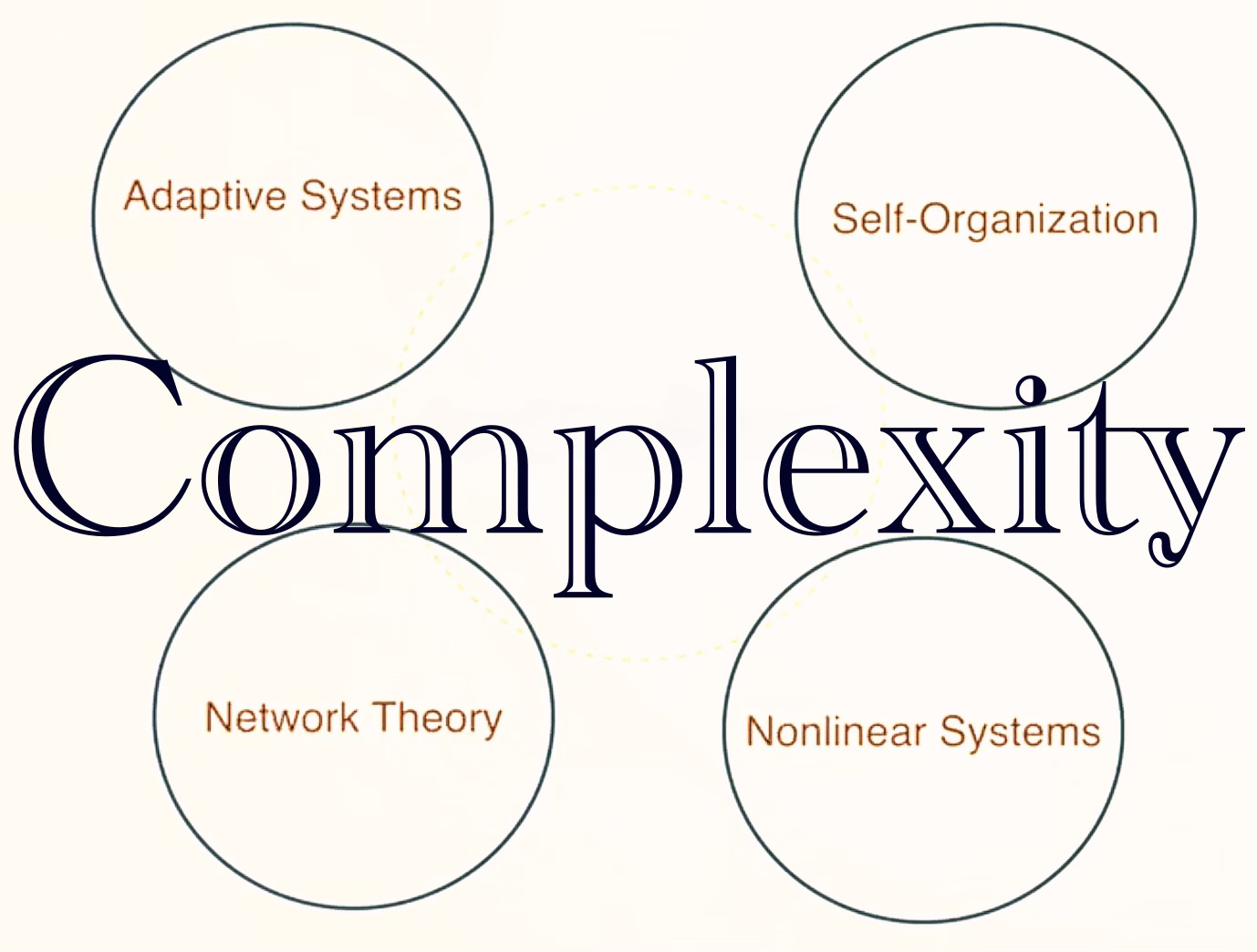In the attempt to determine the components of the Minimum Viable Cosmology (MVC) we need to look at what is left on the table after critically examining some of the proposals. I should declare that I am not affiliated with any organisation or pressure group and don’t have any fixed agenda or philosophical point of view to promulgate. I am a retired academic and had pursued a career in molecular virologist as a dyed-in-the-wool reductionist.
Since retiring, David Jones, an academic olleague, and I have shared an interest in cosmology and have discussed the various issues over the past 15 years mainly over fortnightly lunches.
We don’t agree on all points and I must confuse to a slightly Taoist philosophical view. If we toss out the main tenets of the λCDM, particularly the cosmological principle, dark energy and dark matter, we are left with the red shift of an expanding universe, the general relativity of Einstein, the workings of quantum physics and gravity.
Recent news from the Dark Energy Spectroscopic Instrument, or DESI suggests that dark energy (assumed to be a constant force in the universe) may be more changeable, growing stronger or weaker over time, reversing or even fading away. This adds credibility to theories of modified gravity in which gravity may also change in different parts of the universe over time. A comparison of the alternative evolution of the universe and the Big Bang is provided by the Klein-Alfven model below.
The physics of the universe at intergalactic scales are dominated by gravity. An example of this is the movement of our galaxy towards the Shapley Attractor.
This movement begins to look like Complexity Theory — imagine adding milk to your coffee and getting the patterns of mixing appearing — being different each time (why different? — because the initial conditions are never the same).
I think the λCDM may explain the universe at our local scale but fails to go beyond the solar system to the intergalactic scale. As Ekeberg pointed out, the addition of dark matter and dark energy was made necessary by the adherence to the cosmological principle — that the universe is the same in all directions. Variations in the cosmological constants like gravity would simplify any new model which would have Complexity Theory as its fundamental basis.
Complexity theory includes: self-organisation, where patterns of organisation emerge from the bottom-up of disordered states - non-linear systems which include the butterfly effect and Chaos, which challenge the linear Newtonian systems with their feedback loops and non-equilibrium dynamics - networking theory using a formal mathematical language and computational technology work on large data sets - adaptive systems consisting of agents acting and reacting together like a school of fish swimming and the process of evolution which involves both competition and cooperation of active agents.
Complexity Theory has been described as an emerging post-Newtonian paradigm —something that cosmology desperately needs,
In summary, what would we put on list for a Minimum Viable Cosmology? Here are some suggestions in ever increasing complexity:
- Consciousness — we may have to swallow the occasional dead rat to accomodate this idea, but as Paul Chalmers says: since you need it to explain things at the end, it might as well be a fundamental of the universe at the beginning
Three energy forces at the atomic scale —strong and weak nuclear, electromagnetism and variable or modified gravity
The cosmological principle (isotropy) may not apply to all parts of the universe
Humble expansion — red shift but variable in regions across the universe
Quantum mechanics applies at all scales - plants learned how to capture the energy of sunlight (photons)
The measurement problem —the double slit experiment shows that we can not stand outside the cosmos, we are always a part of it
General relativity of Einstein may not apply to all parts of the universe
As humans, we live in a controlled hallucination — see Seth in MVC-5
We have the language problem as per Wittgenstein —communicating ideas and concepts, see MVC-6
We have neurobiology issues (right-hand brain/left-hand brain brain functions (Iain McGilchrist)
We have a ‘whole-in-the-heart’ issue —- looking for a transcendental solution to the universe, the predisposition to a religious belief. — AWE-IN-ONE
Conclusion:
There is a crisis in cosmology which highlights the limitations of the λCMD model but the data coming from James Webb telescope and other such devices may lead to groundbreaking discoveries and a more profound understanding of the cosmos.
In my opinion, the new model will include key concepts and principles of complexity theory: emergence, nonlinearity, adaptation and evolution, self-organisation, resilience and interconnectivity. Complex systems often exhibit nonlinear dynamics, where small changes in initial conditions can lead to disproportionately large effects or outcomes. Nonlinear interactions between components can give rise to feedback loops, bifurcations, and phase transitions that contribute to the complexity of the system.
I think that “everything depends of everything else” and that it is not possible to completely understand something in objective isolation. This is where my childhood Taoism creeps in.
References:
Details of the standard λCMD model of cosmology — cartwheel galaxy
Some questions about the current λCMD model — MVC-1
Why is there something instead of nothing? — perspectives on reality — MVC -2
The three dimensions of space and one dimension of time are wrapped Into Einstein’s space-time theory — How does consciousness fit in? — MVC -3
The “Beginning” of the Universe — data from James Webb Space Telescope (JWST) — MVC-4
How do we perceive ‘reality’? Our brain generates a controlled hallucination of the world? — MVC-5
How do we get around the language problems as per Wittgenstein in communicating our ideas about the cosmos to each other? — MVC-6
Complexity and Chaos — Complexity depends on self-organising systems that have feedback loops. - MVC-7
Is the Universe so vast and complex that the human mind could never fully understand it? —MVC-8
A critique of the λCMD model by Bjorn Ekeberg — MVC-9
Summary and conclusions of the Minimal Viable Cosmology — MVC-10







